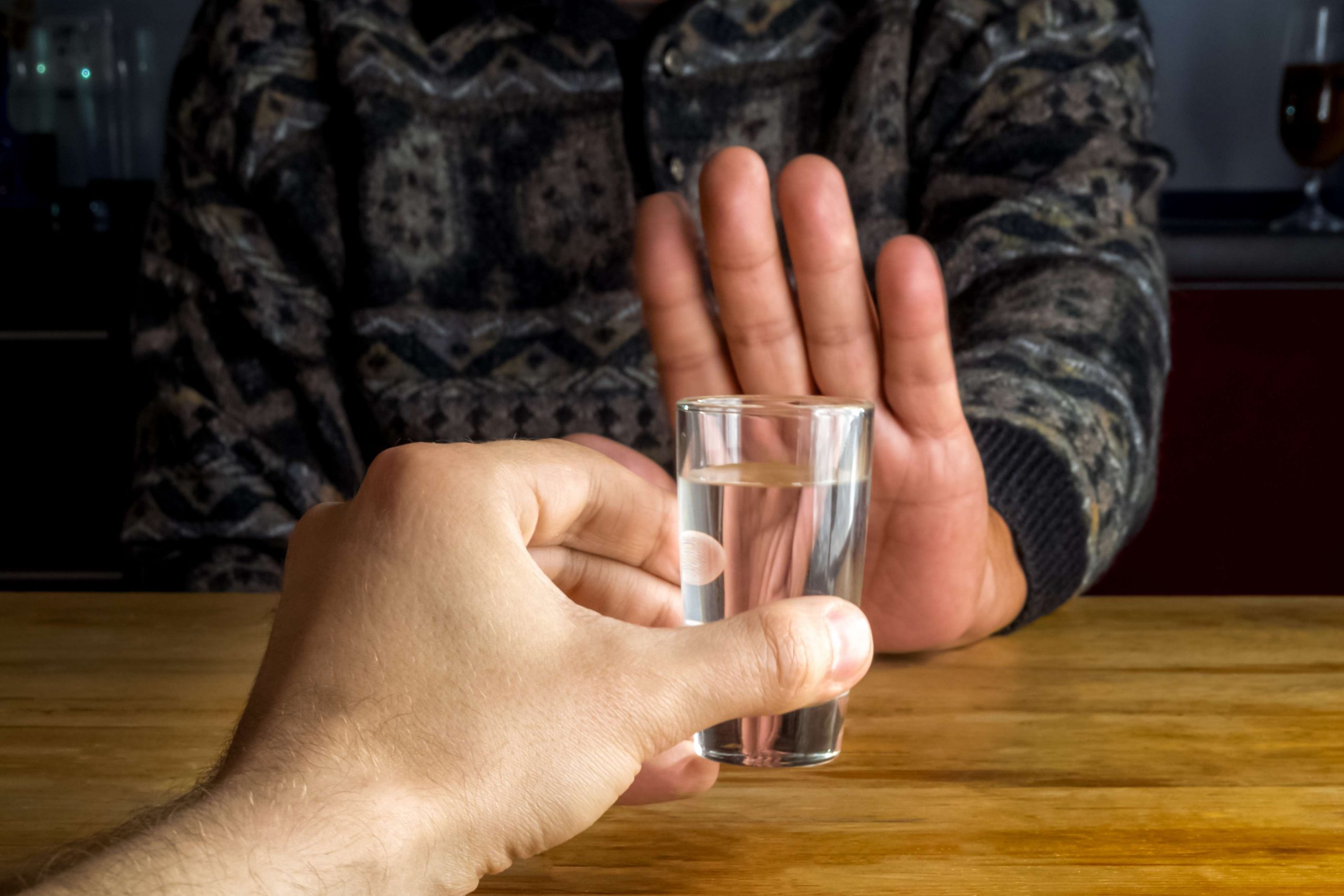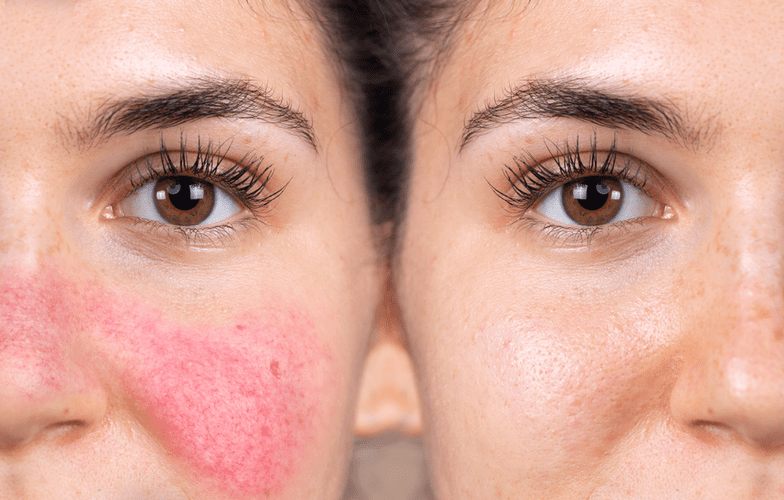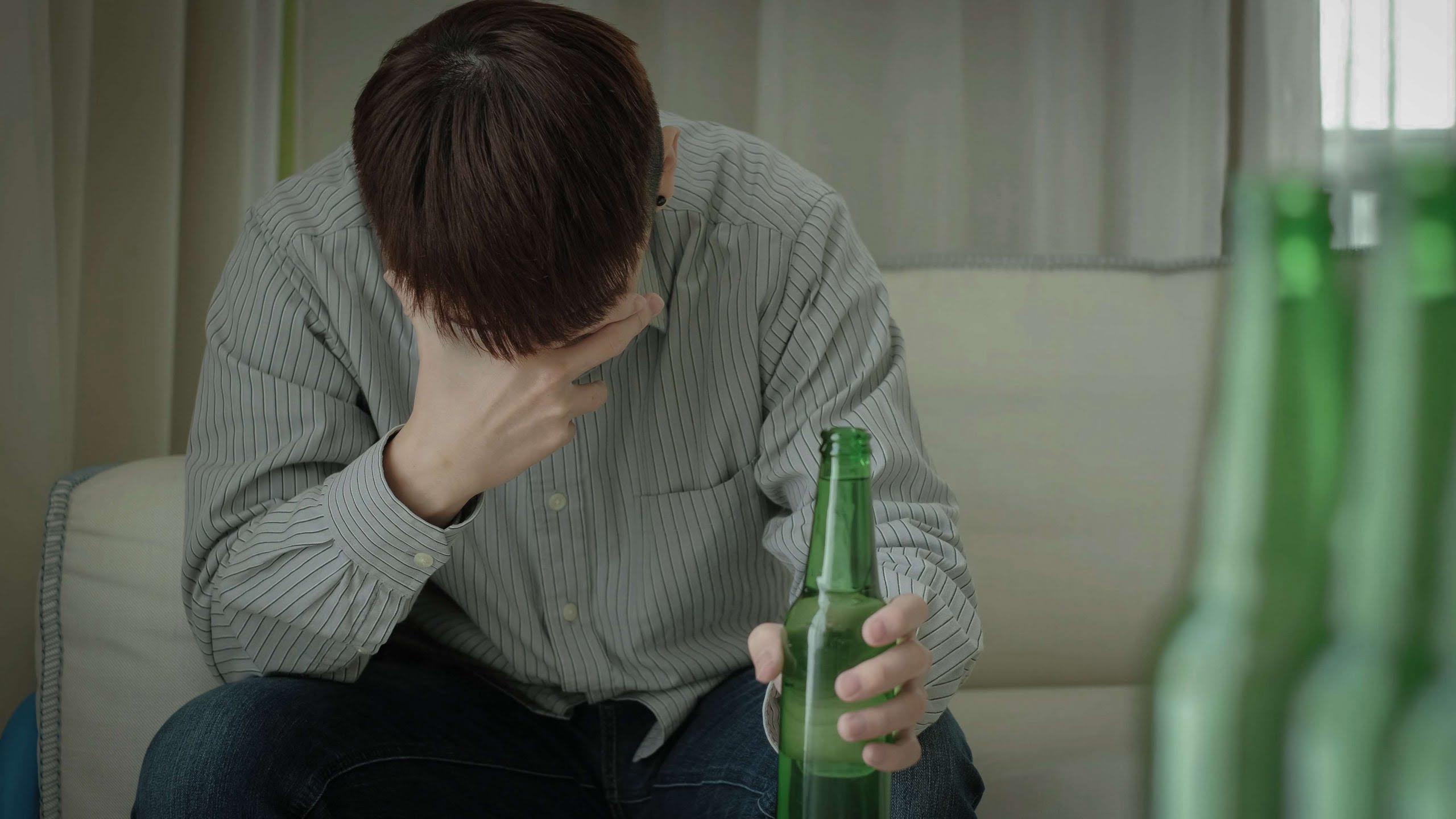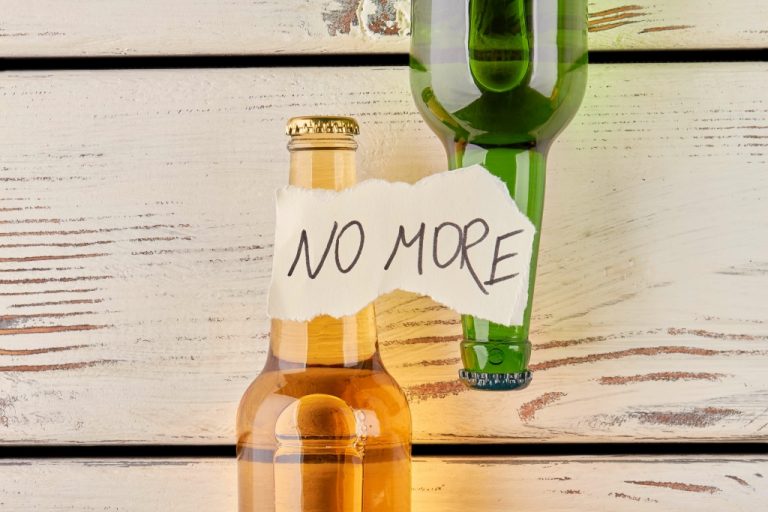Prescription drugs are carefully calibrated to provide specific therapeutic effects, but drinking alcohol while taking these mixing alcohol and drugs causes an effect called drugs can throw off that balance. Once the immediate threat has been taken care of, long-term treatment for addiction should occur. Treatment can take place either as an inpatient or outpatient, depending on the type of program and diagnosed level and severity of the addiction. Treatment can range from several weeks to years, depending on the program and the individual. However, the first step of long-term treatment will be detoxification of the body. Only after you have detoxed and gotten through the major withdrawal symptoms can you move on to receive ongoing treatment and therapy for your addiction.

Mental Health Resources

Opioids are often prescribed for pain Drug rehabilitation after surgery of for those who have chronic pain. In addition, the nation is in the middles of an opioid crisis as people become addicted and continue to take them illegally. This could include taking more than prescribed, buying them on the street when they are not prescribed, or taking street opioids such as heroin. None of these methods is a good idea but the impact of mixing opioids with alcohol is the same whether there is a valid prescription or not.
- Women have a lower percent of body water and greater percent of body fat.
- Combining drugs may intensify the effects of any individual drug and, therefore, can make them more dangerous.
- Some NSAIDs are available over-the-counter (OTC), which can increase the risk that they might be mixed with alcohol.
- Long-term effects include liver damage, cardiovascular problems, neurological damage, mental health decline, and a heightened risk of fatal overdose.
Mixing Cocaine and Alcohol
- Both alcohol and opioids, such as heroin, Vicodin, oxycodone, or methadone, depress the respiratory system and lower heart rate and blood pressure.
- Antihistamines like Zyrtec and Nyqil are over-the-counter drugs used to treat allergies.
- This involves using more than one drug at a time, including the use of alcohol and prescription medication.
- Cocaine is a stimulant that increases brain activity, while alcohol is a depressant that decreases brain activity.
Cases involving multiple substances often carry harsher penalties than those involving just one. Courts consider drivers impaired by illegal drugs, prescription medication, or over-the-counter medications to be a greater danger. Combining substances makes the situation more severe, leading to longer license suspensions, higher fines, and mandatory jail time in some cases. Suppose you or a loved one is struggling with substance use issues, including challenges related to alcohol use alongside prescription medications.
- Small amounts of alcohol can make it dangerous to drive, and when you mix alcohol with certain medicines you put yourself at even greater risk.
- Understanding the risks and effects of such combinations is crucial for ensuring safety and preventing overdoses.
- Rajnandini is a psychologist and writer dedicated to making mental health knowledge accessible.
Prescription Medications and Alcohol
This blog is for informational purposes only and should not be a substitute for medical advice. We understand that everyone’s situation is unique, and https://blockchaininvestmentcouncil.com/sober-living/17-sober-birthday-party-ideas-that-feel-very-grown this content is to provide an overall understanding of substance use disorders. These disorders are very complex, and this post does not take into account the unique circumstances for every individual.
Mixing Alcohol with Depressants
For many, it gives them the energy and boosts they need to get through a busy day. It was the drug of choice for people in high powered careers or those who need to work for long periods of time. However, athletes shy around the usage of cocaine because it shows up in drug tests. People who become addicted to the stimulation provided by cocaine will be the most common users.






